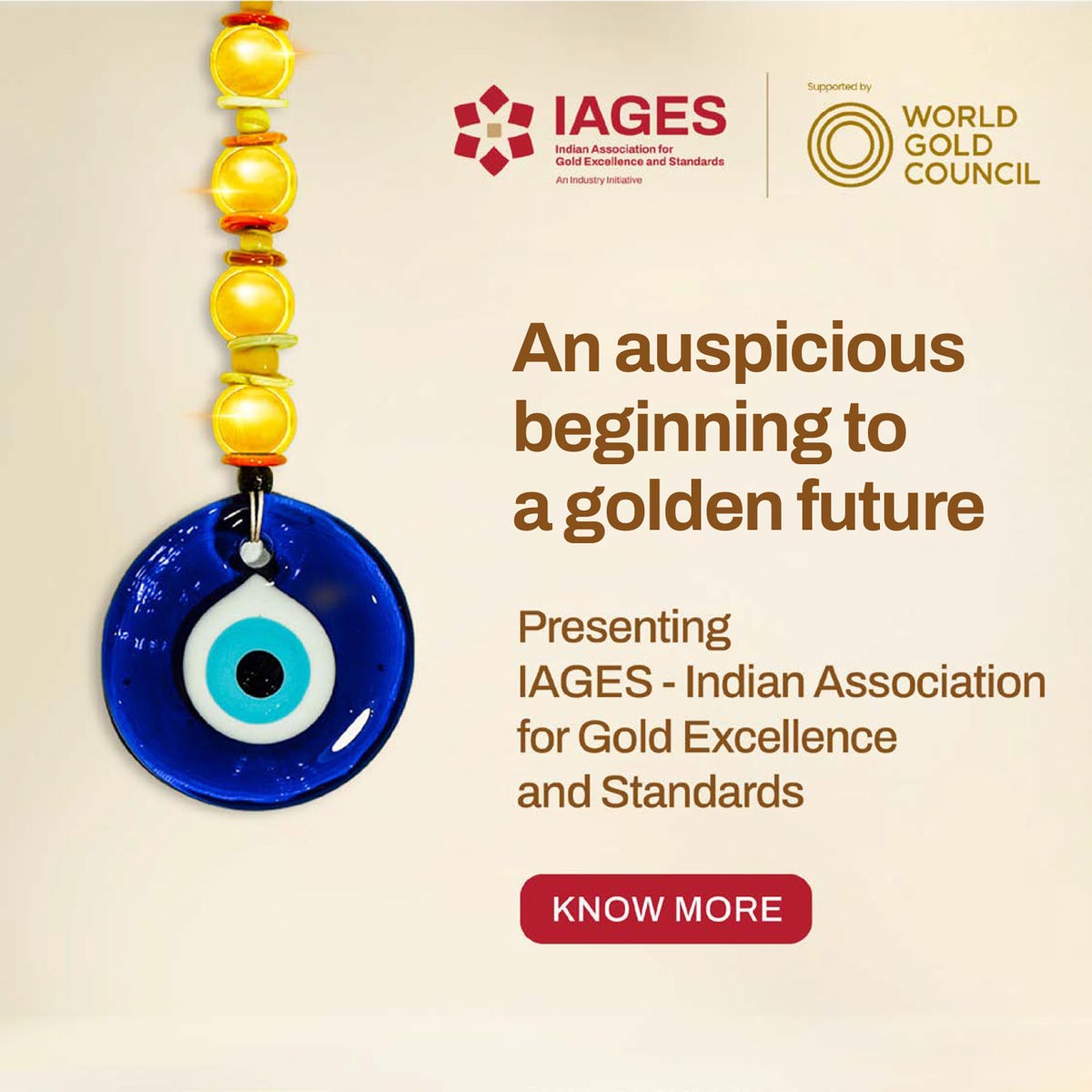RJ Market Watch
Setting a gold standard: A common gold standard across India will set the platform for a gold policy

On August 7, gold touched a price of $2,074/ounce in international markets and Rs 56,254/10 gm. The geopolitical uncertainty between the US and China means an added layer of uncertainty that will not go away till a new equilibrium is established. Prices in India are 9% lower from the record high, driven by an appreciating rupee.
That brings the question of price stability. Gold in dollar terms is still in an uptrend supported by global macro factors, the geopolitical uncertainties. However, with the likelihood of a depreciating dollar, the price has lost its traction upside.
With rising prices and lockdown, jewellers have been struggling to stay afloat. The industry has an annual gold jewellery exports of more than $9 billion and provides employment to at least 3-5 million. Volatile gold prices mean the market has shifted from being in a premium of $10 to a discount of $30 in a month’s time.
India, thus, needs a coherent gold policy because (a) it is a significant contributor to the CAD—the third largest with an annual negative flow of $30 billion in the decade to 2020, (b) 60% of the gold gets bought as jewellery, and then more than half of that does not circulate reducing the money available for other productive activities and (c) its large employment and cultural footprint make it impossible to ignore and allow a sub-optimal operation on a perennial basis.
Key policy requirements from a national perspective, therefore, are to (a) increase exports and decrease CAD (b) get more gold into circulation (c) have more transparency. Interestingly, it is in the shadow of the current uncertainties that, finally, after many years of hits and misses, the gold policy for India is beginning to come together.
To achieve the objectives, four things are required at the industry level. First, there needs to be a common standard for gold. Banks, refiners, jewellers and customers should be on board with these standards. Second, there needs to be a mechanism for the free flow of gold in a transparent manner across banks, refiners, customers, jewellers, standards-setting bodies, etc. Third, there should be a benchmark spot price for gold. On August 7, wholesale prices of gold in India ranged from Rs 56,000 to Rs 57,500 depending on where you were in the country. And finally, an enabling regulatory and legal scaffolding must be put in place.
On August 21, NSE launched the “NSE Approved Refiner’s Gold Bars Confirming to BIS Standards” that has the imprimatur of SEBI and will provide a platform for delivering gold refined by domestic refiners. For the first time, in India, a platform was created to deliver non-LBMA gold at the exchange. The NSE platform has collaborated with BIS and NABL to put in place a process to certify gold standards. Similarly, they have engaged RMI for conducting a third-party audit to check conformity to OECD’s responsible sourcing guidelines.
A free flow of gold would also require an encouragement of mining. India has the potential to produce more than 100 tonnes of gold annually. Currently, we produce about 2 tonnes. Besides, the International Bullion Exchange (IBE) at the IFSC, GIFT City is becoming operational. This will provide a platform for the flow of gold and trading in gold. It can also be a place where prices could be determined. IBE could potentially perform functions similar to a spot exchange to help with price discovery. For IBE to be successful, it is important that bullion banking be also permitted.
This leaves the gold in storage at the retail level and in temples. Of the 24,000 tonnes of private gold that the World Gold Council estimates in India, about 2,500 tonnes may be with temples. So a segmented approach would be required to get that gold to circulate. The pandemic has already helped, but this will need to be formalised. A revised Gold Monetisation Scheme—the earlier avatar was rolled out in November 2015 and could only mobilise 20 tonnes—could be crucial to ger retail gold in circulation. The right policy can mobilise more than 2,000 tonnes. That can solve a lot of problems for the nation.
The regulatory changes that will make the above successful would need to be done in the Banking Regulation Act, the SEBI Act, and the RBI Act for starters. Here is hoping that it happens. The gold industry needs it. The nation needs it.
Courtesy: Financial Express



-

 Daily News2 months ago
Daily News2 months agoBvlgari adds designs to its pathbreaking mangalsutra collection ahead of wedding season
-

 Daily News2 months ago
Daily News2 months agoTrent, a TATA subsidiary, launches lab-grown diamond brand ‘Pome,’ shares surge 7.67%
-

 Daily News2 weeks ago
Daily News2 weeks agoMalabar Gold & Diamonds launches ‘Heritage Show’ in Mangalore, featuring jewellery inspired by Maharanis
-

 Daily News3 weeks ago
Daily News3 weeks agoSavji Dholakia’s visionary water conservation project ‘Bharatmata Sarovar’ reinforces commitment to sustainability















